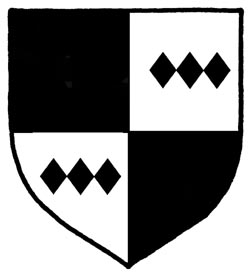City-state of Koalh


| Symbols of Azin | |
| Country Flower: | Baneberry |
| Country Wild Flower: | Winter Cress |
| Country Tree: | White Pine |
| Country Plant/ Mushroom: | Dusty Miller |
| Country Land Creature: | Squirrel |
| Country Sea/River Creature: | Beaver |
| Country Fish: | Sea Catfish |
| Country Air Creature: | Seagull |
| Country Stone: | Sandstone |
| Country Song: | Lifetime of Languages |
| Country Nick Name: | Wordsmith central |
| Country Beverage: | Haeflin Root Ale |
| Country Motto: | 5000 words with one meaning |
| Coat of Arms: |  |
| City-state of Koalh Statistics | ||
| Number of Cities: | 1 | |
| Number of Towns: | 3 | |
| Number of Villages: | 60 | |
| Universities: | 3 | |
| Population of the City-state of Koalh | ||
| City population: | 300,350 | |
| Total Town Population: | 30,000 | |
| Total Village Population: | 8,000 | |
| Total isolated / itinerant Population | 1,000 | |
| Total City-state Population: | 339,350 | |
